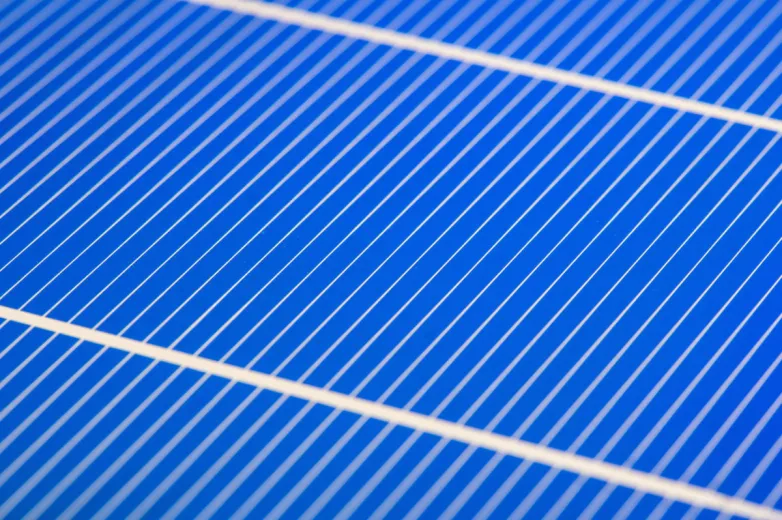Modelling a 55% solar power system for the United States
- The scientists from National Renewable Energy Lab have created a model of the potential energy system of the U.S. comprising 55 per cent of solar energy. The research has shown there would be some days in spring when too much electricity would be generated, which proves the importance of energy storage.

NREL scientists have developed a model to illustrate the way the main electric grids of the United States would operate on the sunniest days if 55 per cent of yearly power was supplied by solar.
The simulation considers an energy system with 55 per cent of power supply from solar plants. The model considers solar generation capacity of 1,618 and storage capacity of 346 gigawatts. The prices assumed in the model are $0.02 per kilowatt-hours for electricity and $97 for storage.
The key challenge is to provide smooth operation of the system based on such intermittent sources of energy like renewables. The researchers affirm the problem can be fixed by means of strong control as well as combination with dispatchable power generation and storage.
Actually, as the solar generation reaches its maximum in the model, there would appear some sudden extreme ramps. To cope with the problem, there would be needed a Li-ion storage system. To mitigate the shifts like this, a major energy storage system is required.
The days of low prices for electricity result from huge power generation volumes, which are mostly explained by big amounts of solar power. Much of the latter is produced on sunny spring days when electricity demand is rather low.
Consequently, about 66 minutes a day, 41 per cent of solar power would be wasted. But this would happen in about 4.9 per cent of the hours simulated, which would constitute about 6.6 per cent of the total amount of electricity produced.
The researchers made use of the commercially available software to model the U.S. energy system thirty years later and define when electricity price would be the lowest.
Also read


